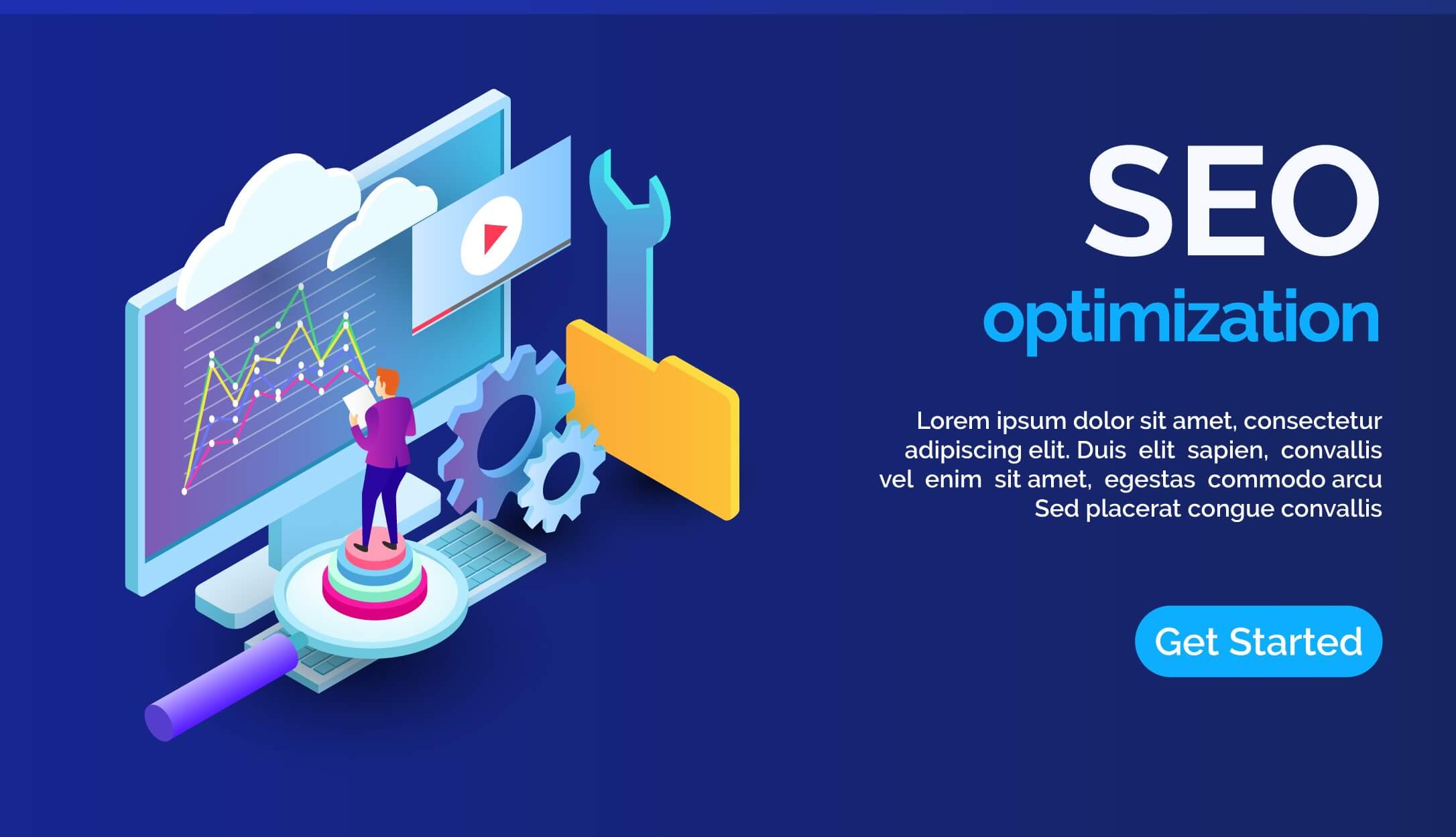In the world of digital marketing, Technical SEO services play a vital role in improving your website’s foundation to achieve higher rankings in search engines. While content and keywords are essential, search engines must be able to access, crawl, and index your website properly to display your pages in search results.
This is where Technical SEO services come into play they optimize the backend of your website to make it more efficient and search-engine friendly. If you’re looking to improve your site’s performance and rankings, it’s essential to understand how Technical SEO services work.
The Core of Technical SEO
Technical SEO focuses on the structural and technical aspects of a website, which directly influence how search engines index and rank your pages. This includes website speed, mobile-friendliness, security, and crawlability, among other technical factors.
Key Elements of Technical SEO:
- Website Speed: Faster load times improve user experience and search engine rankings.
- Mobile Optimization: Ensuring your website performs well on mobile devices.
- XML Sitemaps: Helps search engines understand the structure of your site.
- Crawl Errors: Fixing issues that prevent search engines from indexing your site.
- SSL Certificates: Boosts site security with HTTPS.
Why Is Technical SEO Important?
Technical SEO is important because it lays the foundation for your website’s success. Without a properly optimized structure, even the best content may fail to rank highly. It allows search engines to find, crawl, and index your website efficiently, which in turn helps improve your overall rankings.
“Unlock Hidden SEO Power with Technical Precision!”
Key Steps to Implementing Technical SEO Services
Here’s how to approach Technical SEO services to improve your website:
1. Improve Website Speed
A slow website can hurt both your search engine rankings and user experience. Google and other search engines prioritize fast-loading websites in their rankings.
- Optimize Images: Compress images to reduce load time without compromising quality.
- Minimize Code: Remove unnecessary HTML, CSS, and JavaScript.
- Use a Content Delivery Network (CDN): Distribute your website’s content across multiple servers to reduce load times for users around the globe.
2. Ensure Mobile-Friendliness
With more users browsing from mobile devices, it’s critical to make your website mobile-friendly. Google uses mobile-first indexing, meaning it primarily looks at the mobile version of your site to determine rankings.
- Responsive Design: Make sure your site adjusts seamlessly to different screen sizes.
- Optimize Touch Elements: Ensure buttons and menus are easy to navigate on smaller screens.
- Speed on Mobile: Reduce unnecessary scripts that slow down the mobile version of your site.
3. Fix Crawl Errors
Search engines need to crawl and index your site efficiently. If there are crawl errors, some of your pages might not get indexed, which means they won’t appear in search results.
- Use Google Search Console: Identify and fix crawl errors such as broken links or inaccessible pages.
- Check for 404 Errors: Ensure all pages are functional and redirect broken links where necessary.
4. Implement SSL for Security
An SSL certificate ensures your website runs on HTTPS, which is a ranking factor for Google. It enhances your website’s security by encrypting data between your server and users.
- Install an SSL Certificate: Enable HTTPS on your website to make it more secure and trustworthy.
- Display Trust Signals: A secure connection reassures visitors that your website is safe.
“Faster, Safer, and Search-Ready—Get Your Site in Top Shape!”
The Difference Between Technical SEO and On-Page SEO
It’s important to understand the differences between Technical SEO services and on-page SEO. While they both aim to improve your website’s search visibility, they focus on different areas.
| Aspect | Technical SEO | On-Page SEO |
|---|---|---|
| Focus | Website infrastructure and backend optimization | Content, keywords, and meta-data optimization |
| Control | Site speed, mobile optimization, crawlability | Keywords, content creation, and internal linking |
| Primary Goal | Ensure search engines can crawl and index the site | Improve relevance and user experience |
| Ranking Factor | Indirect—enables search engines to better understand your site | Direct—keywords and content directly affect rankings |
Steps to Implement Technical SEO Services
To break it down further, here’s a detailed step-by-step guide for implementing Technical SEO services:
Step 1: Perform a Technical SEO Audit
Before making any changes, it’s important to audit your website to identify areas that need improvement.
- Use Tools: Tools like Google Search Console, Screaming Frog, or Ahrefs can help find technical issues.
- Check for Errors: Look for broken links, missing metadata, and page load speed issues.
- Identify Gaps: Highlight areas where your site is not optimized, such as slow pages or mobile issues.
Step 2: Optimize Site Structure
Your site’s structure should be clean and easy to navigate, both for users and search engines.
- Use Clear URLs: URLs should be easy to read and include relevant keywords.
- Internal Linking: Ensure proper internal linking between pages to guide users and search engines through your site.
- Create an XML Sitemap: Submit your sitemap to search engines to help them understand your site structure.
Step 3: Monitor and Update Regularly
SEO is an ongoing process, and technical aspects of your website need regular monitoring and updates.
- Regular Speed Tests: Keep testing your site’s speed and optimizing it as necessary.
- Fix Issues Promptly: Address any errors or broken links quickly to avoid ranking penalties.
- Stay Updated: Keep up with the latest SEO trends and updates to ensure your technical SEO remains effective.
How do Technical SEO services improve my website’s ranking?

The Benefits of Investing in Technical SEO Services
Technical SEO may seem complex, but the benefits make it a crucial investment for any website aiming to rank high on search engines.
1. Faster Load Times
Fast-loading pages enhance user experience and prevent visitors from leaving your site early, which reduces bounce rates and increases rankings.
2. Improved Crawlability
By fixing crawl errors, submitting sitemaps, and ensuring no broken links, you help search engines index your content correctly.
3. Enhanced Mobile Experience
Mobile optimization ensures that users on any device have a seamless experience, which is important since Google uses mobile-first indexing.
4. Secure and Trustworthy Website
A secure HTTPS connection builds trust with your audience and improves your ranking potential.
Conclusion
Technical SEO services are essential for the long-term success of your website. They ensure that your site is not only easy for users to navigate but also optimized for search engines to crawl and index efficiently. From improving site speed and mobile-friendliness to fixing crawl errors and enhancing security, technical SEO lays the foundation for better rankings and more traffic. If you want your website to perform better, investing in Technical SEO services is a must.
FAQs
What is the difference between Technical SEO and traditional SEO?
Technical SEO focuses on the structural aspects of your website (such as speed, security, and crawlability), while traditional SEO (on-page and off-page) focuses more on content and link-building strategies.
How long does it take for Technical SEO to show results?
Improvements from technical SEO can start to show in a few weeks, but substantial results often take a few months, especially as search engines need time to recrawl and index your site.
Do I need technical SEO if my content is already optimized?
Yes, even with great content, a poorly optimized site can struggle to rank. Technical SEO ensures that search engines can easily crawl and index your website, making your content discoverable.
Is Technical SEO a one-time process?
No, technical SEO is ongoing. As search engines and technologies evolve, it’s important to regularly monitor and update your site to keep it optimized.

